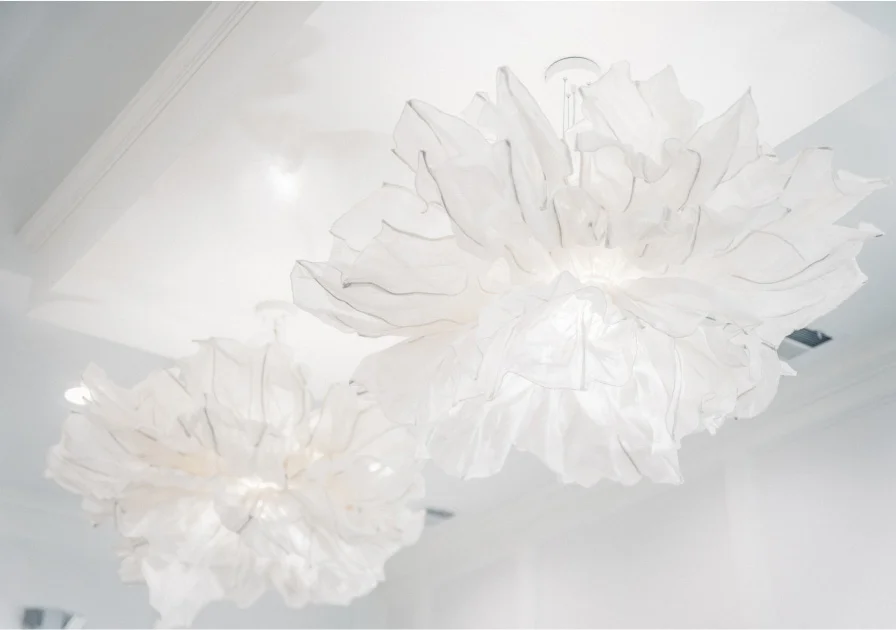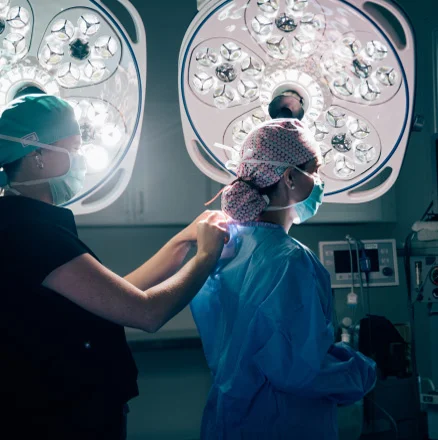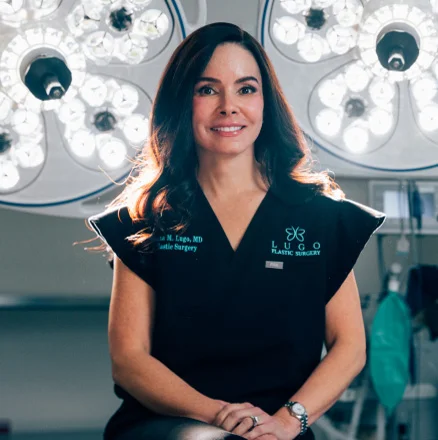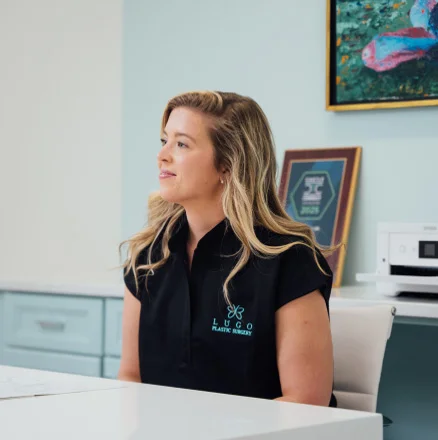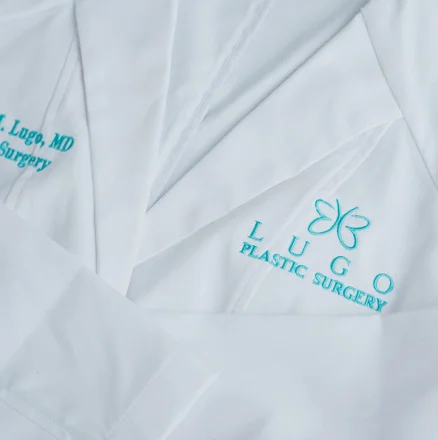What is Skin
Resurfacing?
All treatments that resurface the skin work in essentially the same way. The outer layers of damaged skin are removed, allowing the new skin to heal in a smoother, more uniform manner. Different methods for resurfacing the skin include dermabrasion, lasers, or chemical treatments such as phenol or TCA. Each of these can be tailored from superficial to deep. Deeper treatment generally leads to better results but is associated with a longer recovery period and a higher risk. A properly trained physician should have a firm understanding of all.
Depending on your goals, these methods can be applied to your entire face and neck or a specific area, such as the upper lip or lower eyelids. Resurfacing can also be paired with other treatment options, such as a facelift, to enhance the results. Since a facelift does not target fine wrinkles in the upper lip or lower eyelids, adding a resurfacing method will often provide a better overall result.




